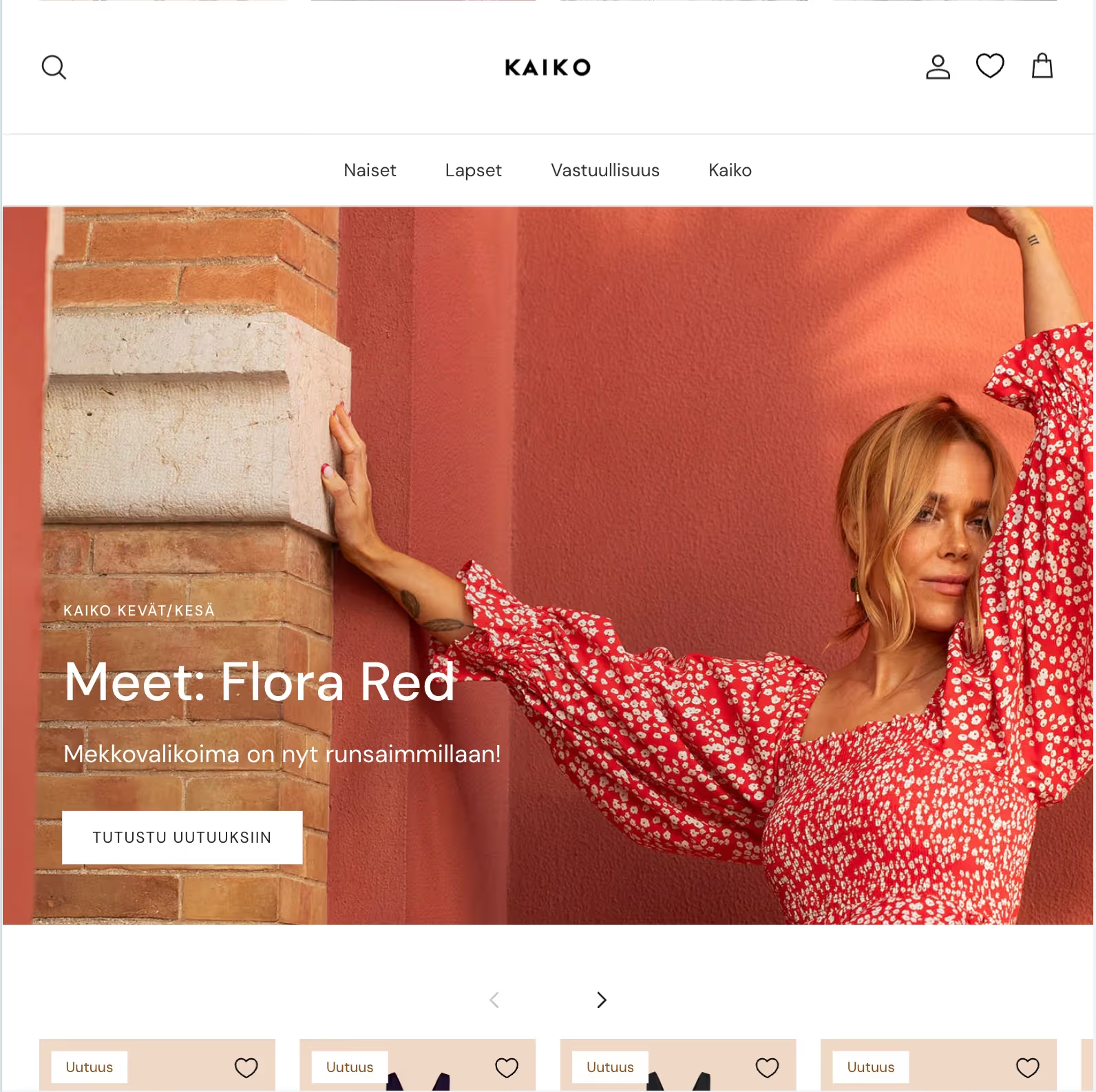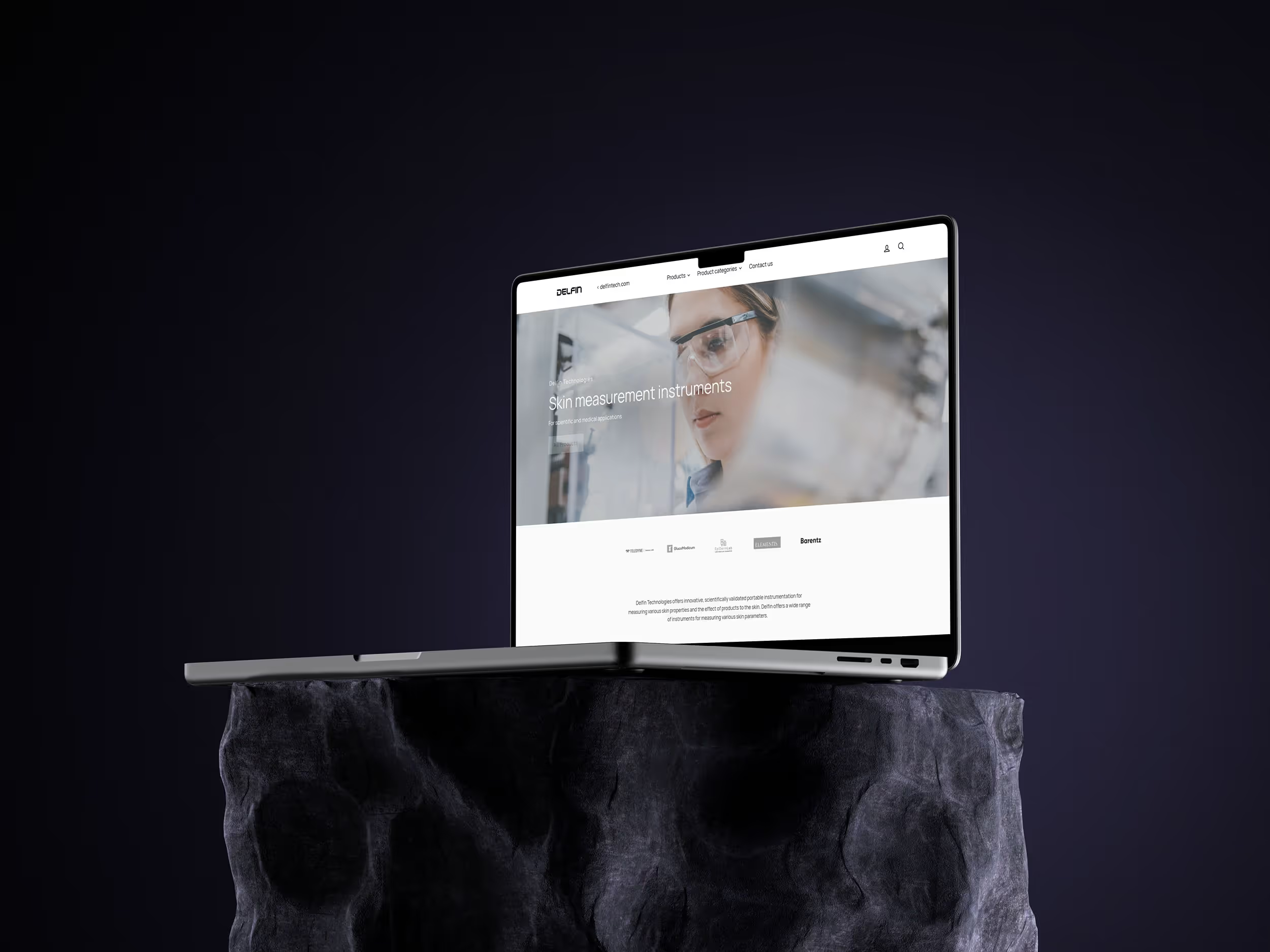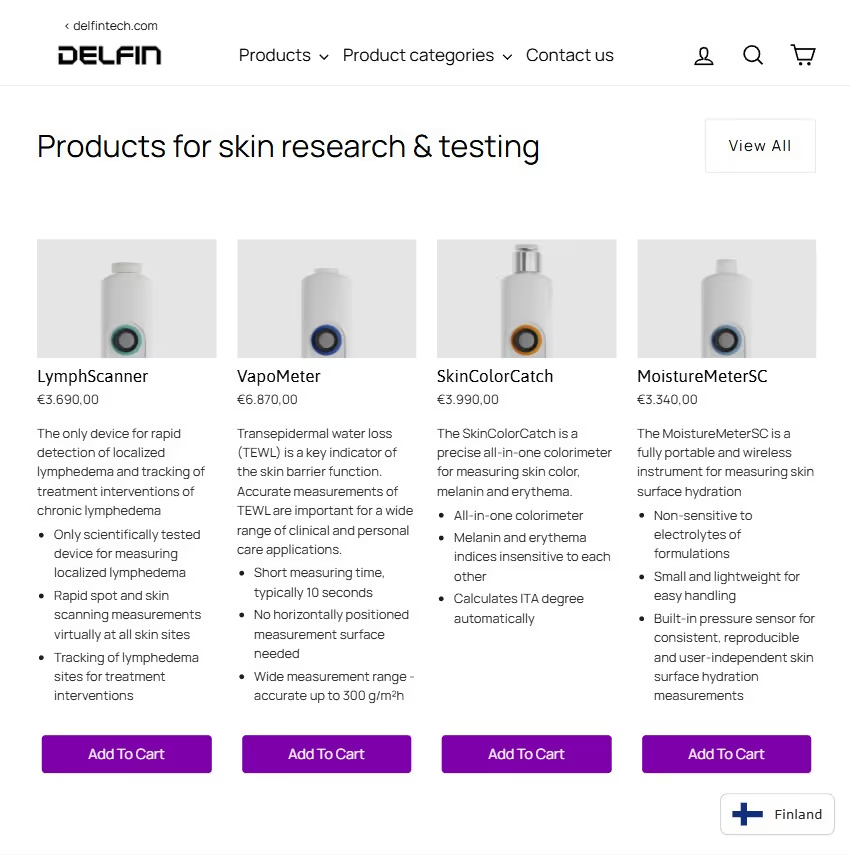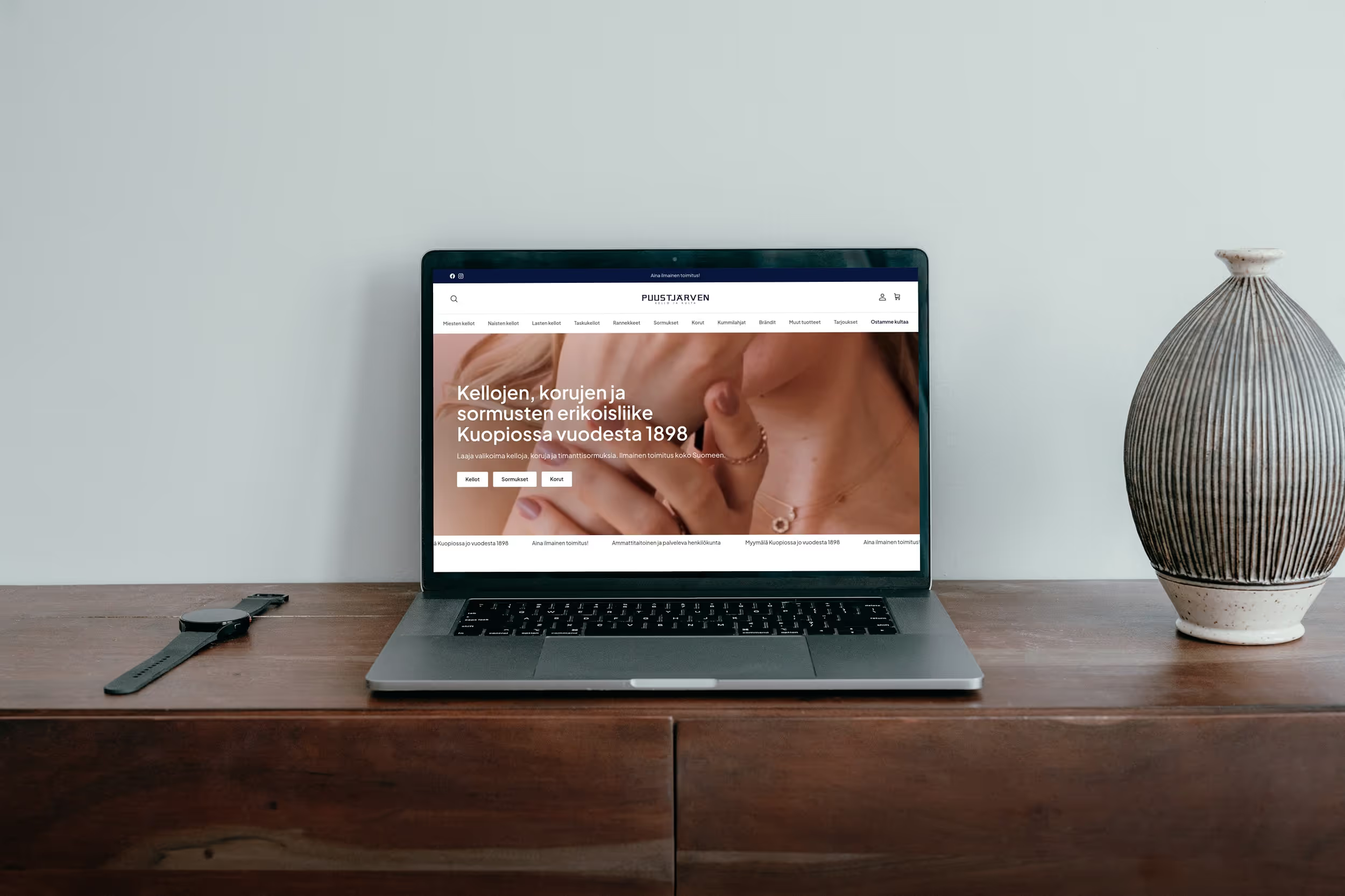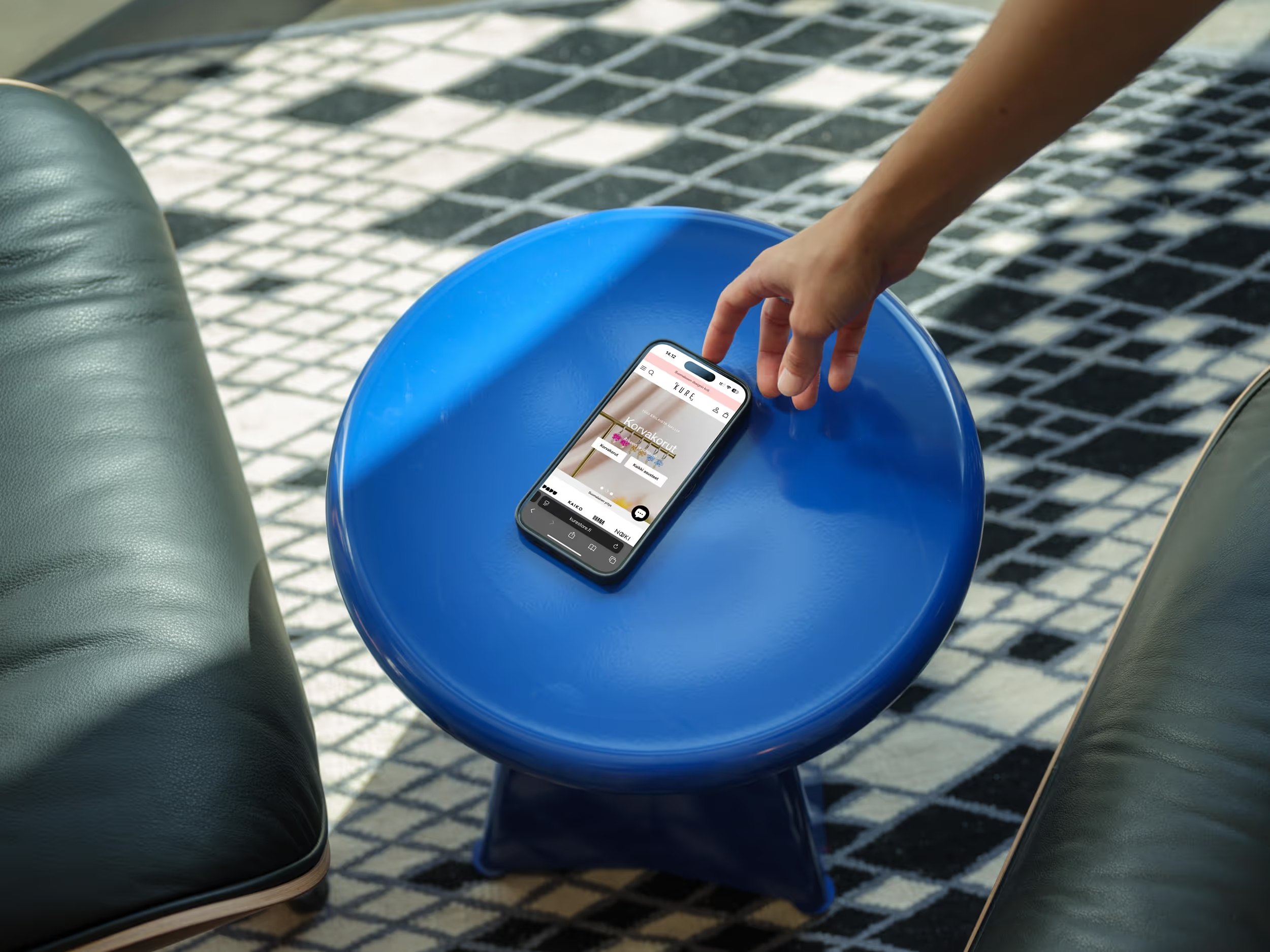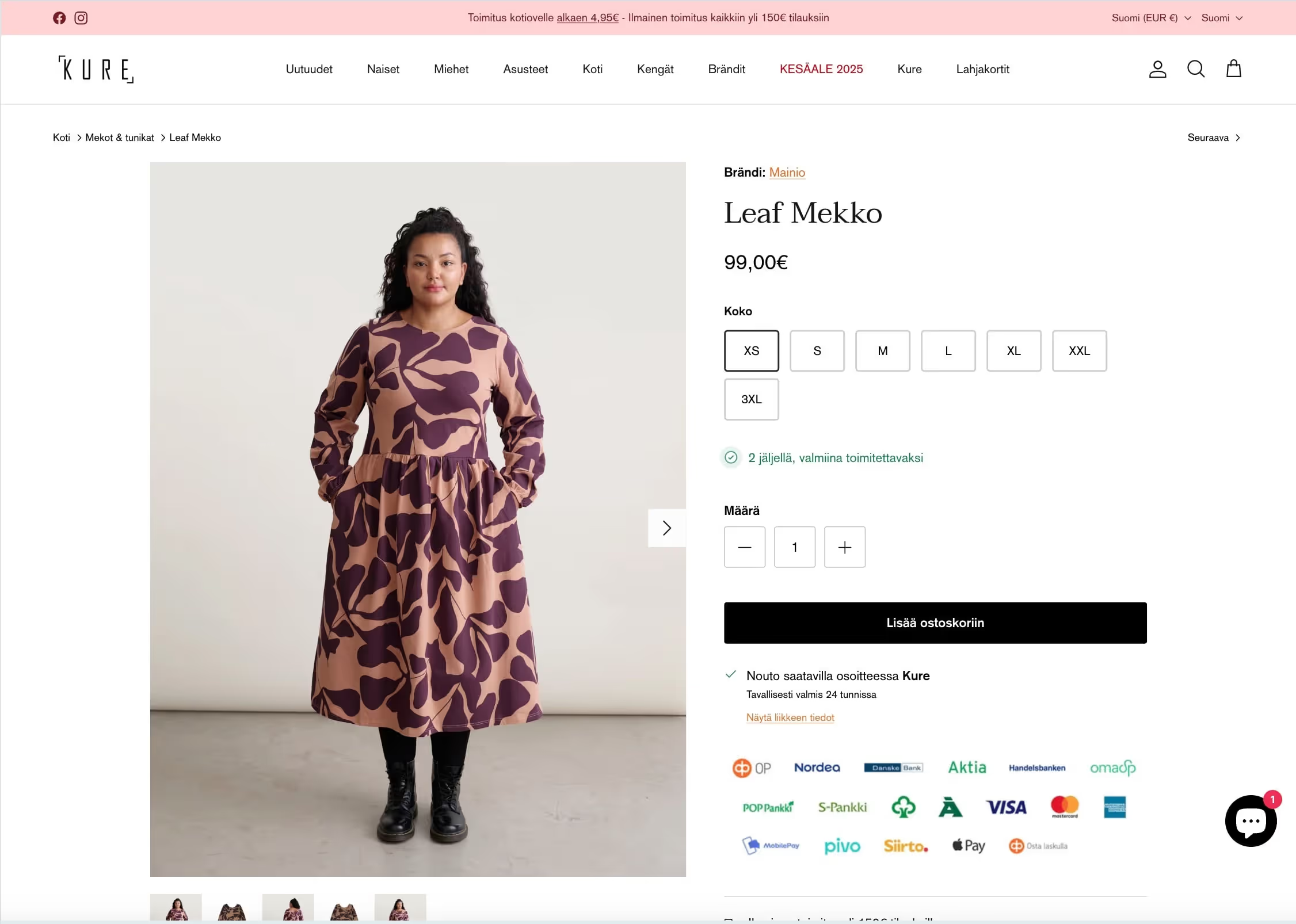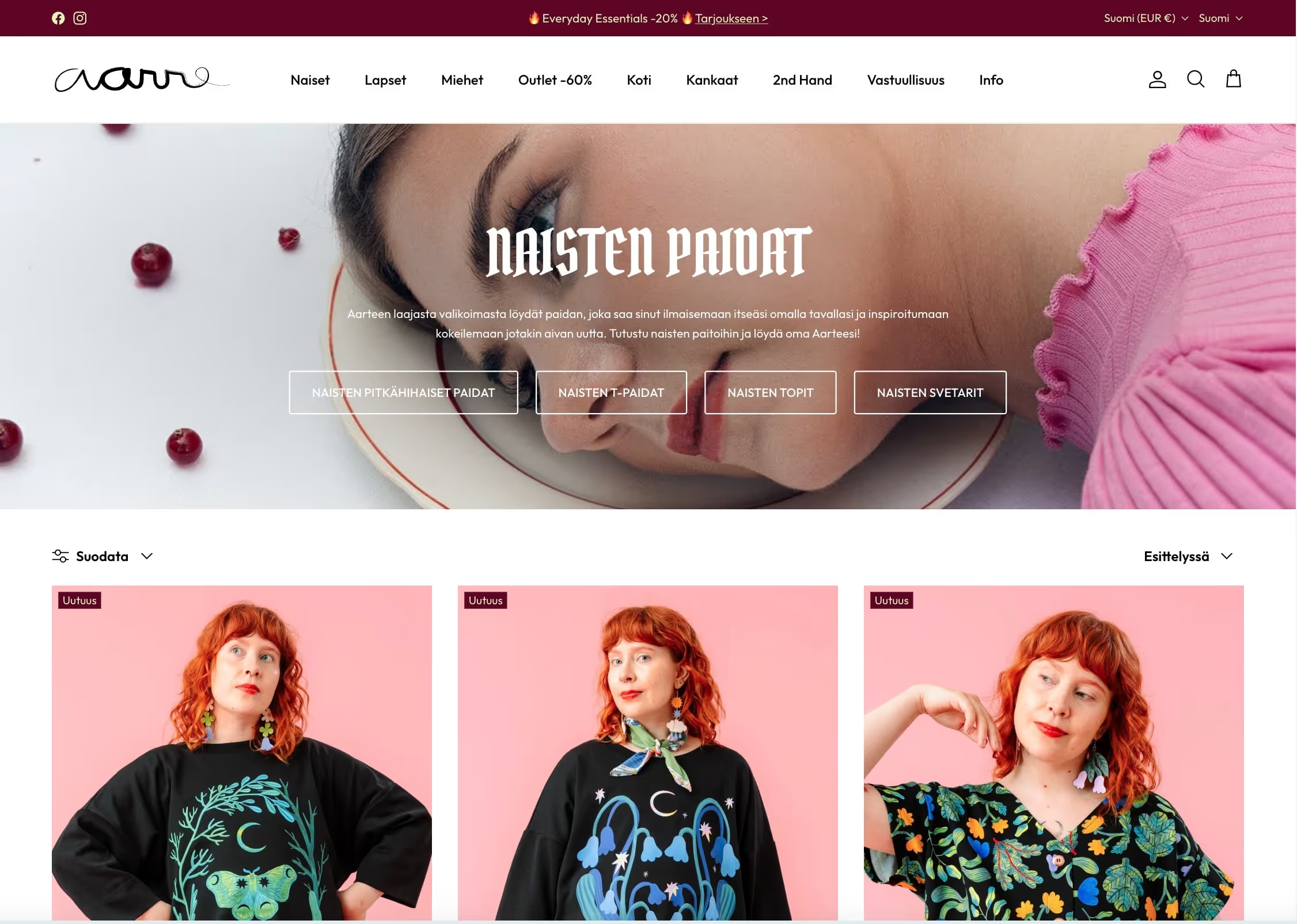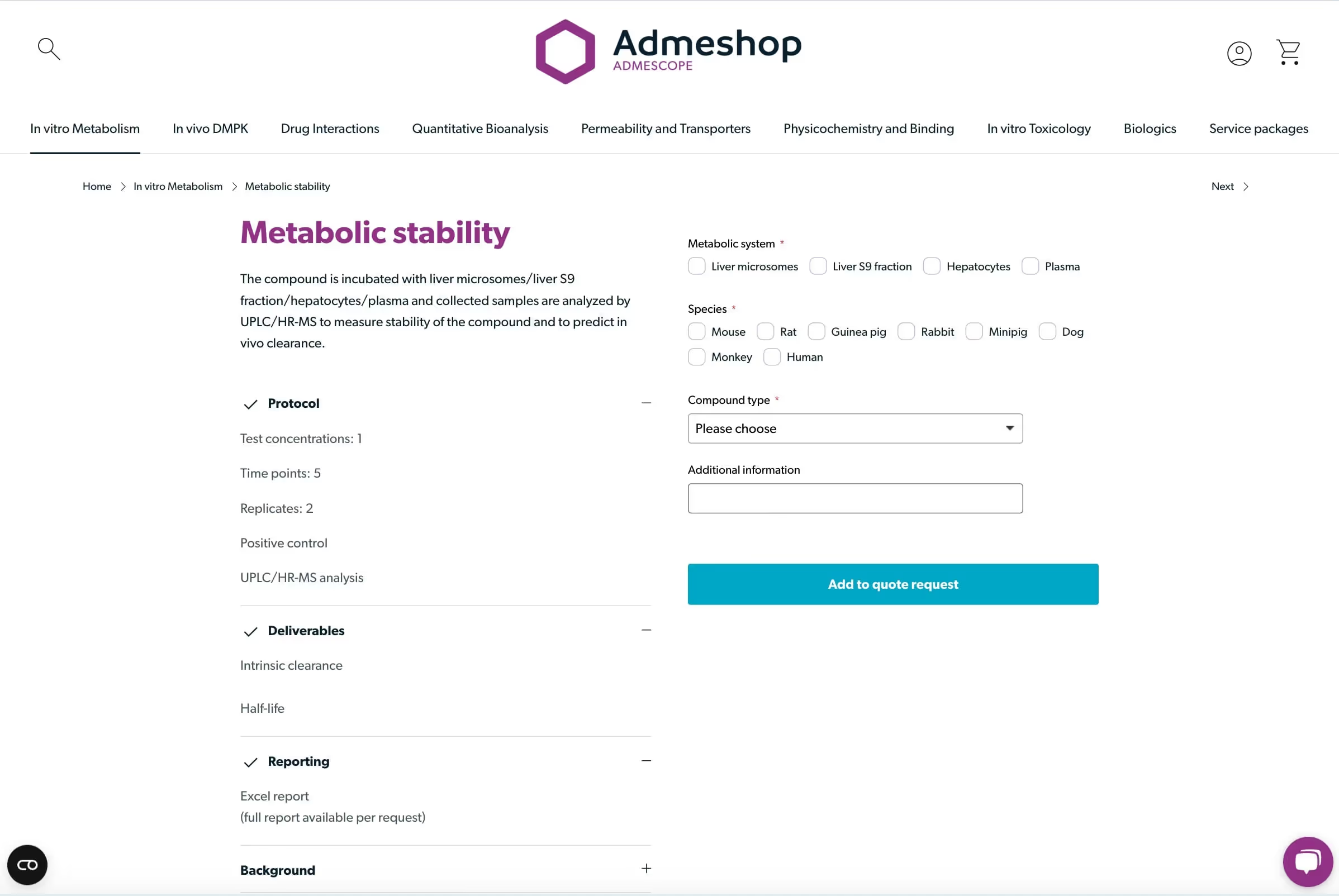Shopify integrations




Our process
The Process section briefly explains how your Shopify ecommerce project progresses from start to finish.
We explain the objectives, current systems and integration needs. Based on the survey, we make a clear project plan with schedules and cost estimates.
We design data flows, integration points, and ensure that the user experience and business processes remain intact.
We implement integrations with systems interfaces (e.g. ERP, cash register system, PIM) and we test that products, orders and stock balances are updated correctly.
We monitor performance, make improvements based on data, and provide ongoing support and development, just as we do with ecommerce projects.






Leading brands in their industries trust on Growly






Why choose Growly as the integrations implementor?

Data flows automatically

Frequently Asked Questions
Shopify is an easy-to-use and highly scalable platform that offers solutions for online stores of all sizes. It supports a wide range of integrations, payment methods and marketing tools, making it suitable for both small and large businesses. With Growly, you can unleash the full potential of Shopify — we tailor the platform to your needs and make sure your online store is ready to grow.
Success belongs to brands that have the courage to grow. We will help with that.
Unlock your brand's full potential with the help of our experienced team, we know what it takes to be successful. Whether you need a high-end online store or high-impact marketing to drive growth, we're here to help. Choose as a partner experts who make results, not just promises.
Contact us
Tell us about your goals, and together we will find solutions to achieve them.
You can contact us directly by phone, email or contact form. Contact does not bind you to anything.
This site is protected by the reCAPTCHA service and the Google Privacy Policy and Terms of Use apply to the site.

Shopify integrations bring power and automation to your business
Shopify is a versatile ecommerce platform, but its true power unlocks when connected to the backend systems. When Shopify engages directly with ERP, PIM, POS, and logistics services, you create a seamless whole where all data flows without delays. Product information is automatically updated from the warehouse management to the store, orders are transferred to the ERP system for invoicing, and the shipment tracking is updated back to the online store — all without manual labor.
Integrations save time and money. Manual data entry into multiple systems easily takes hours per week and is prone to errors. By automating data transfer, employees can focus on customer service and sales development, rather than having to tinker with faulty inventory balances or order lines. Integrations also improve the customer experience: customers see the correct balances and delivery times, and receive order confirmations and tracking information on time.
With Shopify integrations, your online store scales. As a company grows, new systems are often required, such as ERP, Product Information Management (PIM), or a loyalty system. Thanks to the open interfaces, Shopify can be integrated into these systems in stages. For example, Microsoft Dynamics 365 Business Central, Visma‑net ERP, Visma Nova, Lemonsoft, Netvisor, Fikuro, Oscar Software and Odoo are popular ERP solutions for which we have implemented functional interfaces.
When the technical platform is in place, the expansion of integrations will be faster and more cost-effective in the future.
With Growly, an integration project always starts with a thorough mapping. We go through the business processes, the flow of information and the roles of different systems. Based on this, we design a technical architecture that takes into account both current and future needs. The project proceeds in stages: design, implementation, testing and commissioning. We test the integrations carefully so that the data transfer works in both directions as expected and that any error situations are handled correctly.
Once integrations are in place, we will not leave the customer alone. We monitor data flow and performance to make improvements and suggest new automations. As the company grows, the needs change — perhaps you want to streamline inventory management or change the logistics partner. With ongoing support, we ensure your Shopify platform stays up to date and supports long-term growth.
Shopify integrations bring power and automation to your business
Shopify is a versatile ecommerce platform, but its true power unlocks when connected to the backend systems. When Shopify engages directly with ERP, PIM, POS, and logistics services, you create a seamless whole where all data flows without delays. Product information is automatically updated from the warehouse management to the store, orders are transferred to the ERP system for invoicing, and the shipment tracking is updated back to the online store — all without manual labor.
Integrations save time and money. Manual data entry into multiple systems easily takes hours per week and is prone to errors. By automating data transfer, employees can focus on customer service and sales development, rather than having to tinker with faulty inventory balances or order lines. Integrations also improve the customer experience: customers see the correct balances and delivery times, and receive order confirmations and tracking information on time.
With Shopify integrations, your online store scales. As a company grows, new systems are often required, such as ERP, Product Information Management (PIM), or a loyalty system. Thanks to the open interfaces, Shopify can be integrated into these systems in stages. For example, Microsoft Dynamics 365 Business Central, Visma‑net ERP, Visma Nova, Lemonsoft, Netvisor, Fikuro, Oscar Software and Odoo are popular ERP solutions for which we have implemented functional interfaces.
When the technical platform is in place, the expansion of integrations will be faster and more cost-effective in the future.
With Growly, an integration project always starts with a thorough mapping. We go through the business processes, the flow of information and the roles of different systems. Based on this, we design a technical architecture that takes into account both current and future needs. The project proceeds in stages: design, implementation, testing and commissioning. We test the integrations carefully so that the data transfer works in both directions as expected and that any error situations are handled correctly.
Once integrations are in place, we will not leave the customer alone. We monitor data flow and performance to make improvements and suggest new automations. As the company grows, the needs change — perhaps you want to streamline inventory management or change the logistics partner. With ongoing support, we ensure your Shopify platform stays up to date and supports long-term growth.






.avif)



.avif)







.avif)
